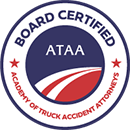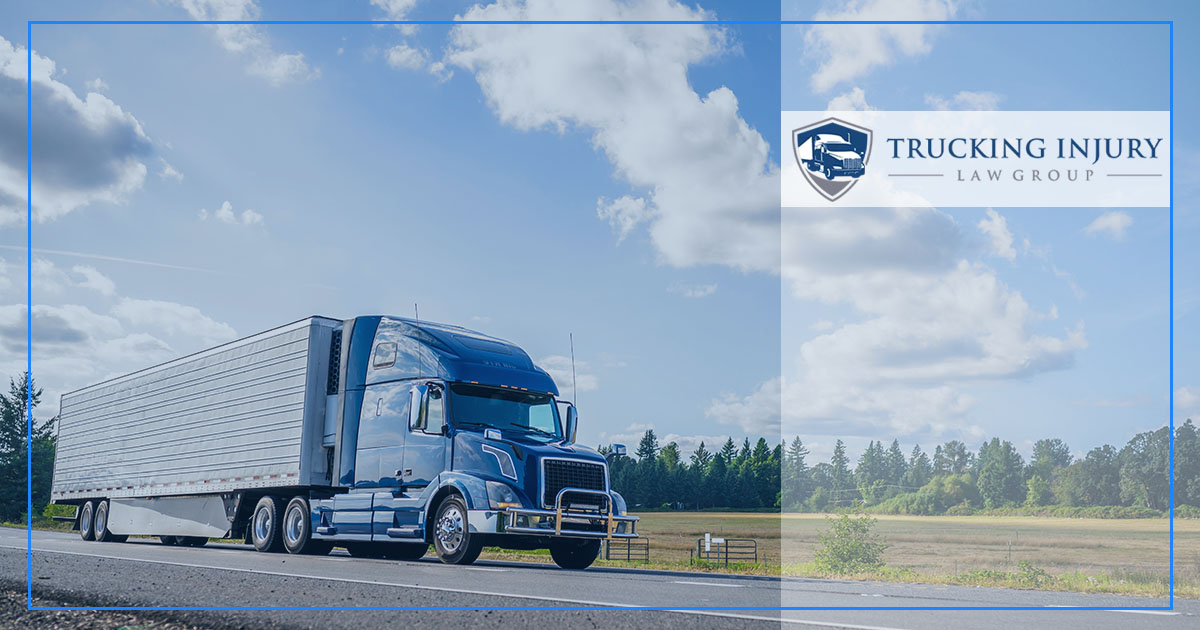Why is it Called a Semi-Truck?
In the Merriam-Webster dictionary, the word “semi” is defined as “partial or incomplete.” It seems odd that there would be anything “semi” about a truck that weighs up to 80,000 pounds and can be over 70 feet long.
According to the U.S. Department of Transportation, there were over 2.7 million registered tractor-trailers in our country in 2020, a number which has likely increased since then.
So, why is it called a semi-truck?
It’s the Trailer
In the northeast, folks call a semi-truck a tractor-trailer. In the south, they are called an 18-wheeler. You might also refer to them as a big rig or semi-truck trailer. A semi-truck by any other name is still a huge truck. But it is not actually the truck that is semi. It is the trailer.
There are two parts to every semi-truck. The truck part or tractor is the towing engine. That is where the driver controls the vehicle. The trailer is then hitched onto the back of the towing engine.
Another way to look at a semi-truck is by its axles.
The trailer on a semi-truck has only rear axles, and the truck supports half of the trailer’s weight. This is not to be confused with a full trailer, which has front and rear axles capable of fully supporting itself.
Overall, most companies prefer semi-trucks because they provide a tighter turning radius. Additionally, they are easier to back up. Semi-truck trailers are also more convenient to swap out, which helps reduce the amount of time it takes to deliver and pick up a load.
Because of their size, semi-trucks can sometimes be a challenge to control. Coming to a complete stop requires a lot of braking distance, and truck drivers often end up in a jackknife accident when they attempt to avoid a collision.
The Hook Up and Capacity
A semi-trailer trailer connects to the towing engine through a coupling mechanism called a fifth wheel. Most semi-trailers are 48 to 53 feet long, while a full trailer stops at around 40 feet.
Trucking regulations start with the U.S. Department of Transportation Federal Highway Administration. The gross weight for a semi-truck is 80,000 pounds before being loaded. Each state can set weight limits depending on the type of items being hauled.
Trailer Types
There are several types of trailers that you might see on the road. They include the following:
- Flatbed
- Dry vans or enclosed trailers
- Tank trailers
- Dump trailers
- Specialty trailers
An enclosed trailer can also be a reefer or refrigerator trailer. Those trailers are insulated and have cooling compressors that keep food items cold or frozen.
A specialty trailer can be outfitted with a mobile kitchen or medical clinic.
There are various towing engines that you might encounter on the road. Here are the most common types of semi-trucks:
Flat Roof Sleeper
The flat roof sleeper has a small sleeping area that works best for short hauls. There is not a lot of internal room, but that translates into better maneuvering in cities.
Mid-Roof Sleeper
A mid-roof sleeper has a more elevated roofline that provides additional headroom in the sleeping area. Because it allows for more comfort, this type of semi-truck is ideal for long hauls.
Raised-Roof Sleeper
With a raised-roof sleeper, drivers can stand up in the sleeping area. The unit can also include additional storage and a small kitchen.
Day Cab
The day cab semi-truck is a good choice for shorter delivery routes where the driver doesn’t need to sleep. It is compact and agile, making it perfect for construction, farming, and local distribution.
The type of semi-truck, what it is hauling, and how long the driver has been on the road could all be factors in an accident.
If you end up in a semi-truck accident in Portland or anywhere in the northwest, contact the Trucking Injury Law Group to discuss what happened.
We can provide you with the information needed to decide the best course of action.






